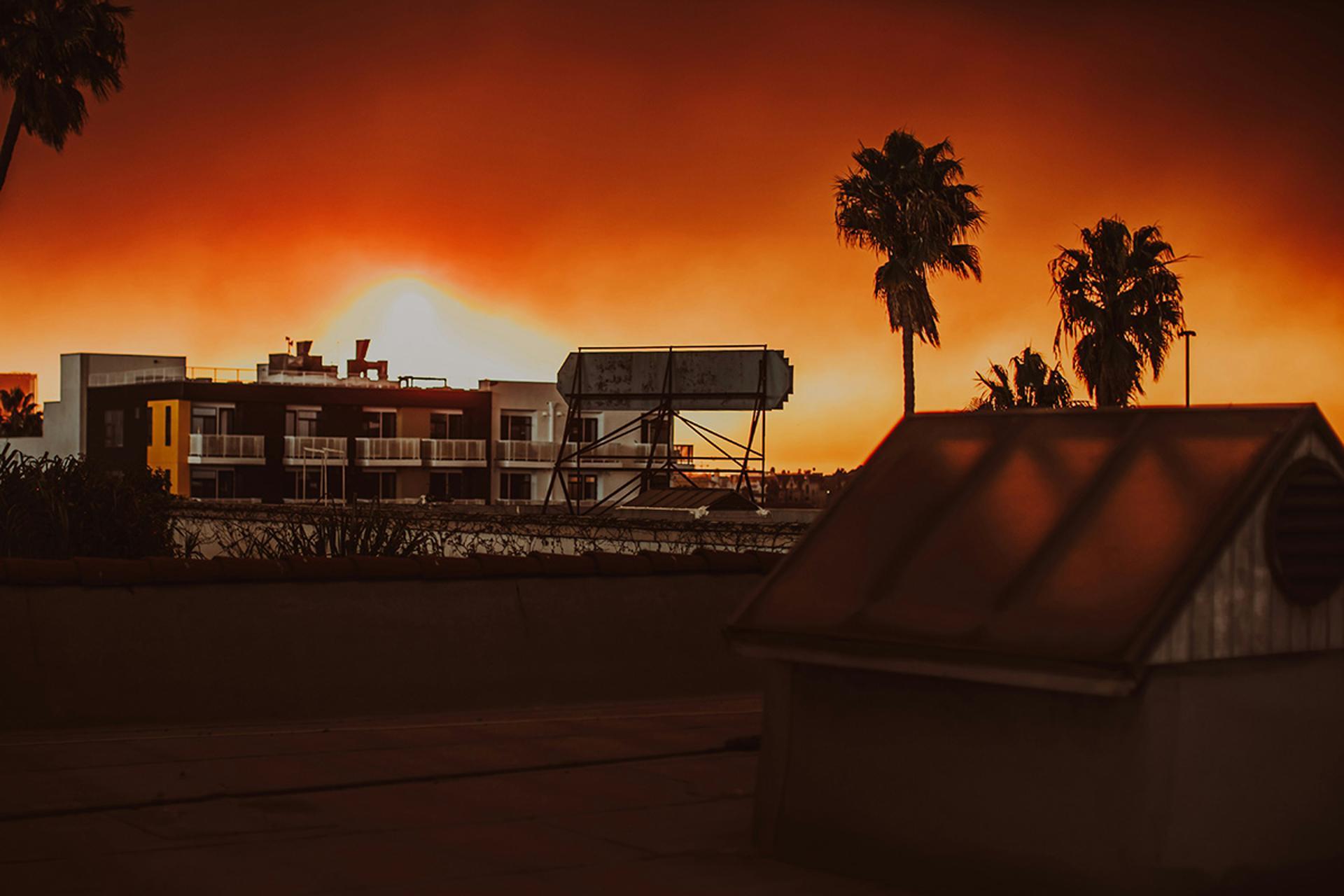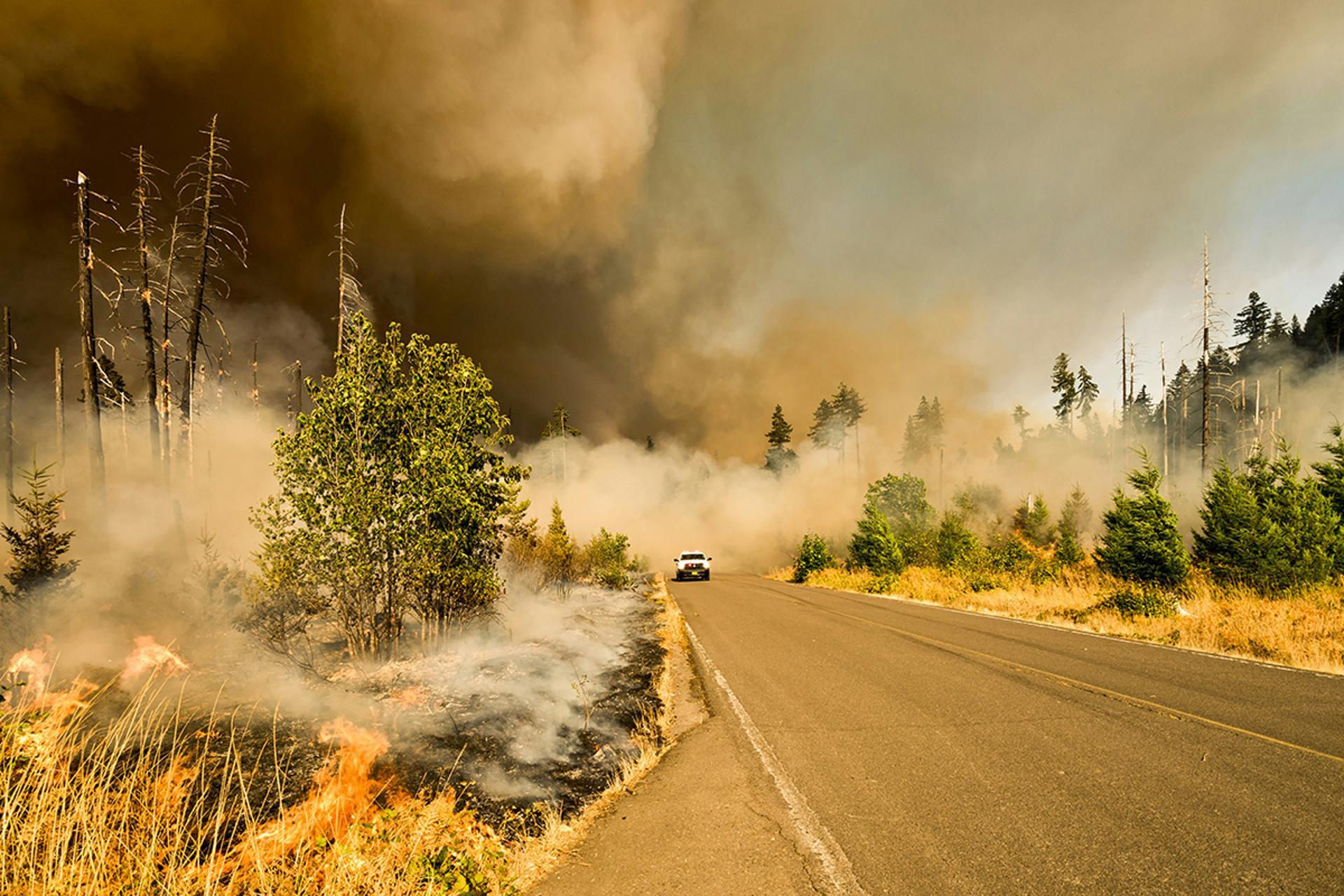This post was originally published on Sustainability Times
Source: Sustainability Times
| IN A NUTSHELL |
|
As wildfires become increasingly frequent and devastating, new technologies are emerging to help combat this global challenge. A groundbreaking development in this arena is the launch of the FireSat constellation, a series of satellites specifically designed to detect wildfires early and accurately. This initiative, spearheaded by the Earth Fire Alliance, promises to revolutionize how we identify and respond to these natural disasters, potentially saving lives and minimizing damage.
FireSat: A Game-Changing Initiative
The FireSat constellation is a monumental step forward in wildfire detection. Unlike current satellite systems that rely on low-resolution images and can only survey an area twice a day, FireSat’s capabilities are vastly superior. It uses high-resolution multispectral infrared cameras to monitor wildfires as small as 270 square feet. These cameras are designed to capture imagery that can be analyzed by machine learning algorithms, distinguishing real fires from misleading objects like smokestacks.
This innovative approach allows the system to provide updates every 20 minutes, significantly enhancing the speed and precision of wildfire detection. As a result, FireSat can play a crucial role in early intervention, potentially preventing the extensive destruction of natural habitats and urban areas. The technology’s ability to predict the spread of fires further empowers firefighters to make informed decisions, improving safety and effectiveness in crisis management.
Water appeared just 100 million years post-Big Bang—A mind-bending rewrite of cosmic history
The Earth Fire Alliance and Its Vision
The Earth Fire Alliance, a nonprofit organization, is the driving force behind FireSat. This collaboration includes major players like Google and the space services startup Muon Space. Their collective vision is to create a comprehensive system capable of monitoring wildfires globally, thereby mitigating the catastrophic effects these disasters have on communities and ecosystems.
By 2030, more than 50 satellites are expected to be operational, forming a robust network that will offer unparalleled coverage and accuracy. This ambitious project has been in development for less than 18 months, yet it holds the potential to transform our approach to wildfire management. The initiative underscores the power of collaboration between technology giants and innovative startups in addressing some of the world’s most pressing environmental challenges.
Declining Food Enjoyment in the U.S. and Its Impact on Health
Technological Advancements in Satellite Imagery
The success of FireSat hinges on its advanced technological components, particularly its multispectral infrared cameras. These cameras are equipped to capture detailed images across six spectral bands, providing a rich dataset for analysis. The use of artificial intelligence (AI) in processing this data is a key factor in the system’s effectiveness.

The AI algorithms employed by FireSat analyze images by comparing them with historical data, identifying anomalies that indicate the presence of wildfires. This capability not only improves detection accuracy but also aids in predicting fire behavior. Such insights are invaluable for emergency responders, who can leverage this information to strategize and deploy resources more efficiently, ultimately reducing the impact of wildfires on human lives and property.
Electric rough terrain forklifts: an eco-friendly solution for industries pursuing sustainability
Economic and Environmental Impacts
Wildfires are not just environmental disasters; they also have significant economic repercussions. The wildfires in Los Angeles earlier this year serve as a stark reminder, with damages exceeding $250 billion. The financial burden extends beyond immediate damages, affecting insurance costs, healthcare, and economic productivity.
FireSat’s ability to detect and respond to wildfires promptly can mitigate these economic impacts. By preventing fires from escalating, the system can reduce recovery costs and preserve vital infrastructure. Furthermore, protecting forested areas helps maintain biodiversity and ecosystem services, which are crucial for environmental stability and resilience against climate change.
| Aspect | Current Systems | FireSat |
|---|---|---|
| Detection Area | Large (acres) | Small (270 sq ft) |
| Update Frequency | 12 hours | 20 minutes |
| Technological Basis | Low-resolution | High-resolution with AI |
The launch of FireSat marks a significant advancement in our ability to manage wildfires effectively. As these satellites begin to orbit, we have an unprecedented opportunity to minimize the destructive impact of wildfires, protecting both human lives and the environment. How will this innovative approach shape the future of disaster management and environmental conservation?
The post Google’s groundbreaking satellite now orbits Earth to spot fires faster than ever before appeared first on Sustainability Times.


 FireSat is a revolutionary satellite constellation designed to detect wildfires with high precision and speed.
FireSat is a revolutionary satellite constellation designed to detect wildfires with high precision and speed. By 2030, over 50 satellites will provide global coverage, aiming to reduce the economic and environmental impacts of wildfires.
By 2030, over 50 satellites will provide global coverage, aiming to reduce the economic and environmental impacts of wildfires.

0 Comments